
The McClung Historical Collection is happy to make available the newly processed Zygmunt J. B. Plater Papers. The collection documents Plater’s role in temporarily stopping the construction of Tellico Dam to save the endangered snail darter. Plater’s collection includes official governmental reports and draft reports, legislation, political cartoons, ephemera, photographs, maps, court records, and contemporary handwritten notes documenting meetings and outlining court arguments.
Following the creation of the Tennessee Valley Authority (TVA) as part of President Franklin Roosevelt’s New Deal, planning began for a system of dams to both control flooding and generate hydroelectric power for the inland Southeast. In 1959, TVA chairman Aubrey “Red” Wagner approved the Tellico Project at an internal meeting at Watts Bar. The project required some 38,000 acres of land acquisition in the Little Tennessee Valley in Blount, Loudon, and Monroe counties in order to construct the dam, reservoir, and the planned city of Timberlake. In their cost-benefit analysis, TVA included recreational opportunities in addition to power and water to justify the need for the dam.
The first community discussions began in 1960, and by 1963, opposition community groups Fort Loudoun Association and Association for the Preservation of the Little Tennessee River had formed. Opposition formed more quickly because of Tellico’s proximity to the nearby Fort Loudoun Dam and the community’s previous interactions and experiences with TVA. TVA used a number of local proponents and business organizations to bolster support in the community to turn back the tide of opposition from small farmers, churches, and others who rejected TVA’s paternalistic mission to “modernize” the Tennessee Valley.


In early 1965, the dam issue reached a national stage when Supreme Court Justice William O. Douglas met Cherokee leaders at the supposed site of the Cherokee village Chota in opposition of the dam potentially inundating Overhill Cherokee ancestral land. Douglas’s overtures, however, were soon forgotten and local opposition fizzled from lack of funding and organization. At the end of the 1965 congressional session the project was held up by congressional funding, primarily by appropriations chairman Rep. Joe L. Evins of Middle Tennessee. The following year, Evins carried the budget proposal, it passed both the House and Senate, and President Johnson signed it into law.
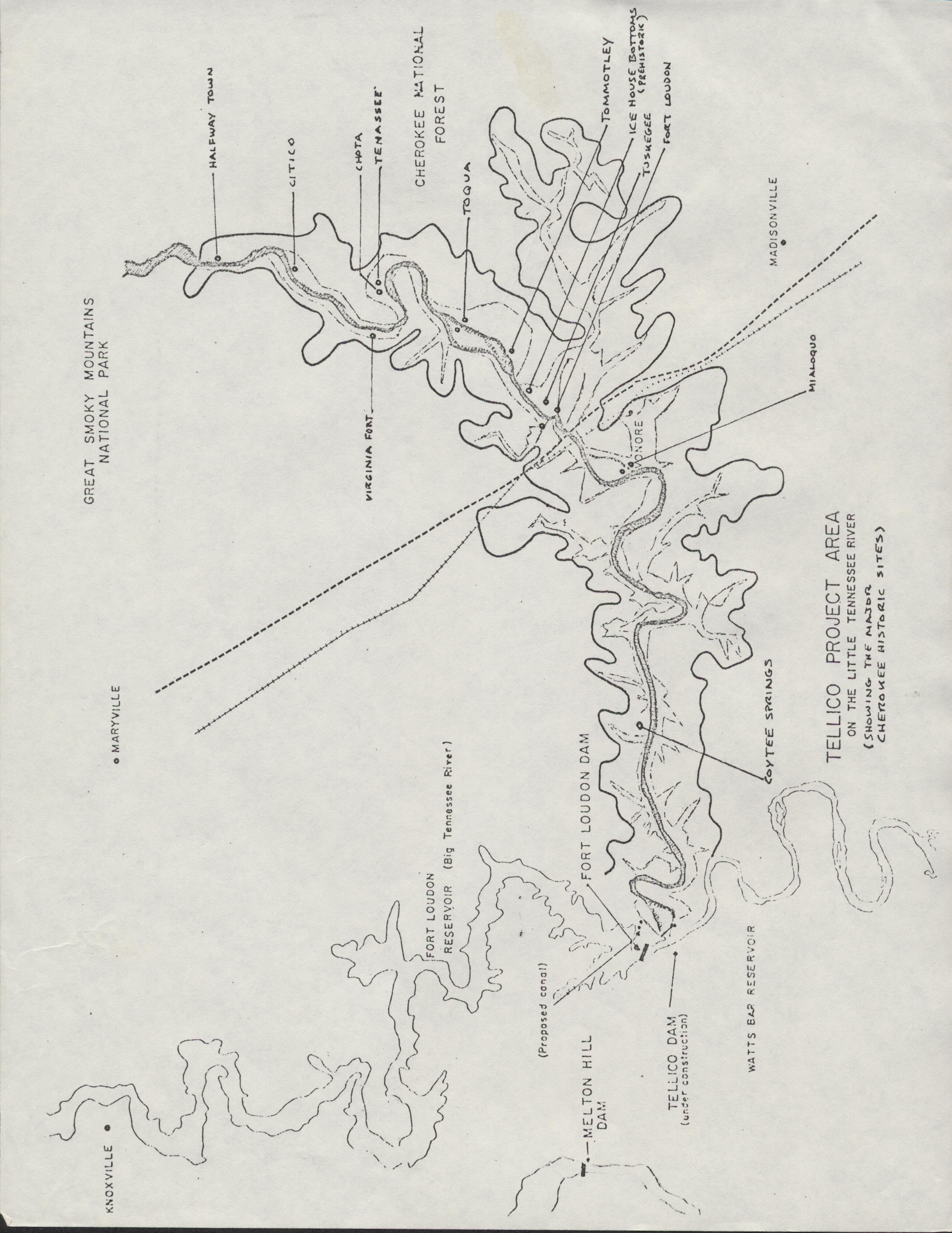
On March 7, 1967, construction began on Tellico Dam. With momentum moving toward completion, many landowners began selling their property in the Little Tennessee Valley with only a few holdouts. Only small issues arose such as a fluid taking line above the reservoir, which angered some landowners who TVA assured were safe from absorption. TVA’s poor planning in the taking line carried over in their poor study of the population affected by the dam. Their estimate of 600 families was off by nearly 100% as only 350 ultimately were forced off their land. Also once put under scrutiny by Tennessee economics professor Keith Phillips, the cost-benefit analysis supporting the dam fell apart. Furthermore, in 1975, Boeing, the manufacturer around which the planned city of Timberlake was based, pulled out of the project, removing one crux of the economic benefit of the dam.
TVA weathered these storms seeing only minor hiccups in public approval. In 1969, however, the rise in environmentalism gave TVA its toughest opponent yet. Justice Douglas finally published his scathing article on Tellico Dam in True magazine. This, coupled with the passing of the National Environmental Policy Act (NEPA), forced TVA to produce an environmental impact study on the Tellico Dam project. Major players in the state began opposing the project on environmental grounds including state naturalist Mack Prichard and even Governor Winfield Dunn.
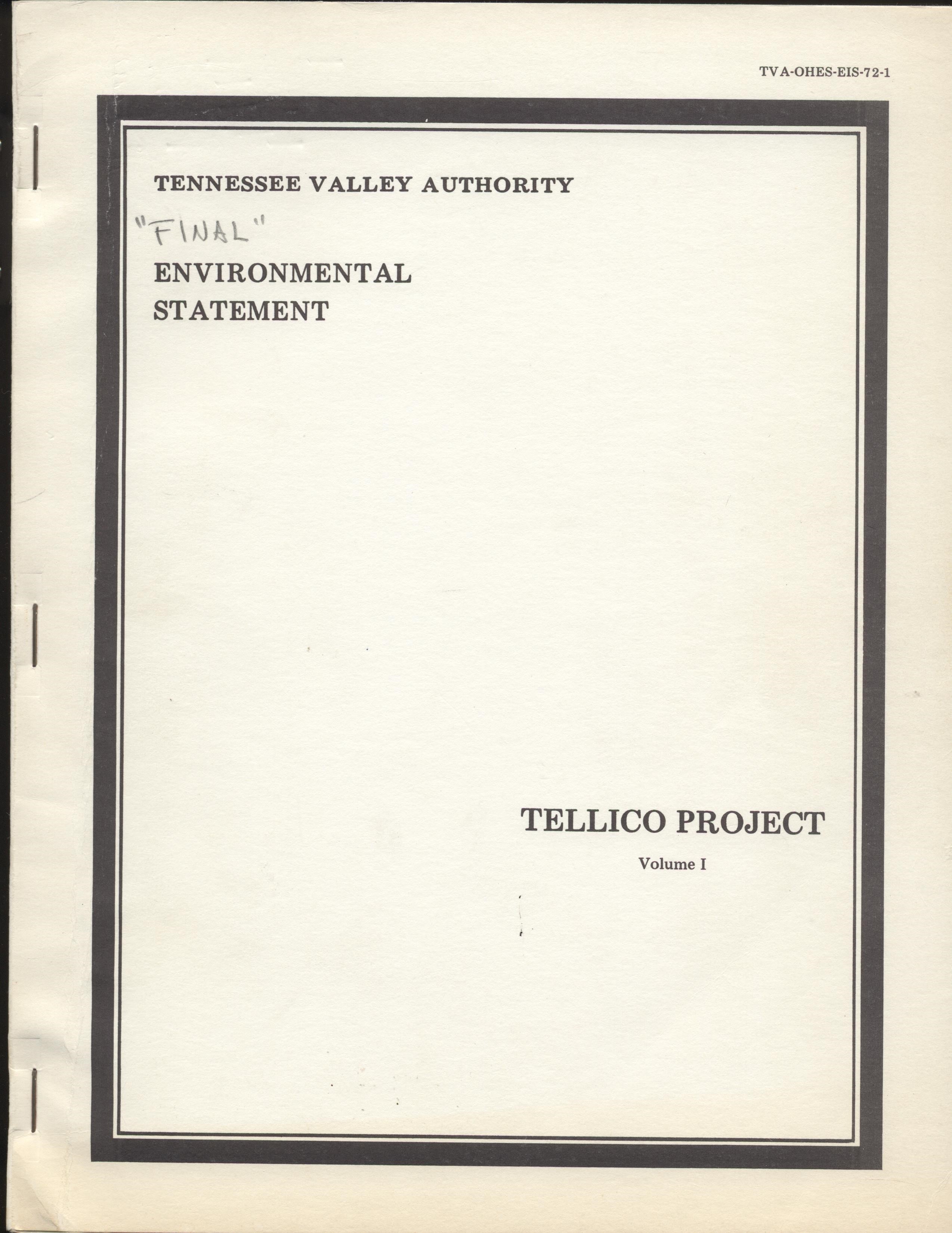
The rising costs of the Vietnam War and subsequent inflation pushed the dam’s completion date back from 1971 to 1974, even though substantive progress had been made. Construction crews completed the main concrete portion of the dam by the end of 1970, and two-thirds of the land needed for the reservoir was purchased. In 1972, the Environmental Defense Fund sued TVA to enjoin the construction of the dam for lack of an environmental impact study, now required under the NEPA, further delaying their work.
In August 1973, a University of Tennessee biology class, led by Professor David Etnier, conducted a study on the Little Tennessee River, discovering several snail darters, a tiny species of fish endemic to this specific river valley. The construction delays allowed Congress to pass the Endangered Species Act in 1973, and the snail darter was declared endangered On October 9, 1975. In fact, Etnier and Zygmunt Plater petitioned the Assistant Secretary for Fish and Wildlife themselves to initiate the process.

Hiram “Hank” Hill, a University of Tennessee law student, Plater, and Donald Cohen sued TVA alleging they were in violation of the Endangered Species Act, seeking to halt and end construction on Tellico Dam. Federal District Court Judge Robert Taylor ruled in Hill, et al. v. TVA that TVA was not in fact in violation and refused to enjoin them from further construction.
In February and March 1977, Plater took his maps, documents, research, and arguments to Washington D. C. to win support from Congress, the executive branch, and environmental groups. Plater and his allies were ultimately successful, as later that year, he convinced Representatives John Murphy and Robert Leggett of the Merchant Marine and Fisheries Committee to support a General Accounting Office (GAO) study on the Tellico Project. The GAO found what Dr. Phillips had, that TVA’s cost-benefit analysis proved dubious at best if not outright falsified and recommended the project be halted until a thorough analysis could be completed. This evidence and the snail darter’s case were presented at a series of Senate Environment and Public Works committee meetings.

Hill, Plater, and Cohen appealed this ruling the Sixth Circuit Court of Appeals who sided with the plaintiffs and implemented an injunction against further construction saying the dam would “jeopardize the continued existence of the snail darter.” After failing to get the Little Tennessee River removed as the snail darter’s critical habitat, TVA, through the Department of Justice, appealed the Sixth Circuit ruling to the Supreme Court. TVA argued that over $100 million had already been spent, most of which came prior to the Endangered Species Act or the discovery of the snail darter. In the fall of 1977, Plater, the lead attorney, argued their case before the Supreme Court, facing off against Attorney General Griffin Bell, (who, in an unusual act, argued the case for TVA). In June 1978, the Supreme Court ruled 6-3 in favor of the injunction and upheld the Sixth Circuit’s ruling. Subsequently, the Endangered Species Committee, nicknamed “the God Committee” met to decide upon an exemption for Tellico Dam from the Endangered Species Act. The committee ultimately decided against an exemption. The dam remained doomed until an enraged Congressman, John Duncan of East Tennessee, snuck the Tellico exemption into the 1980 public works appropriation bill which passed both houses. President Carter signed it into law on October 25, 1979.
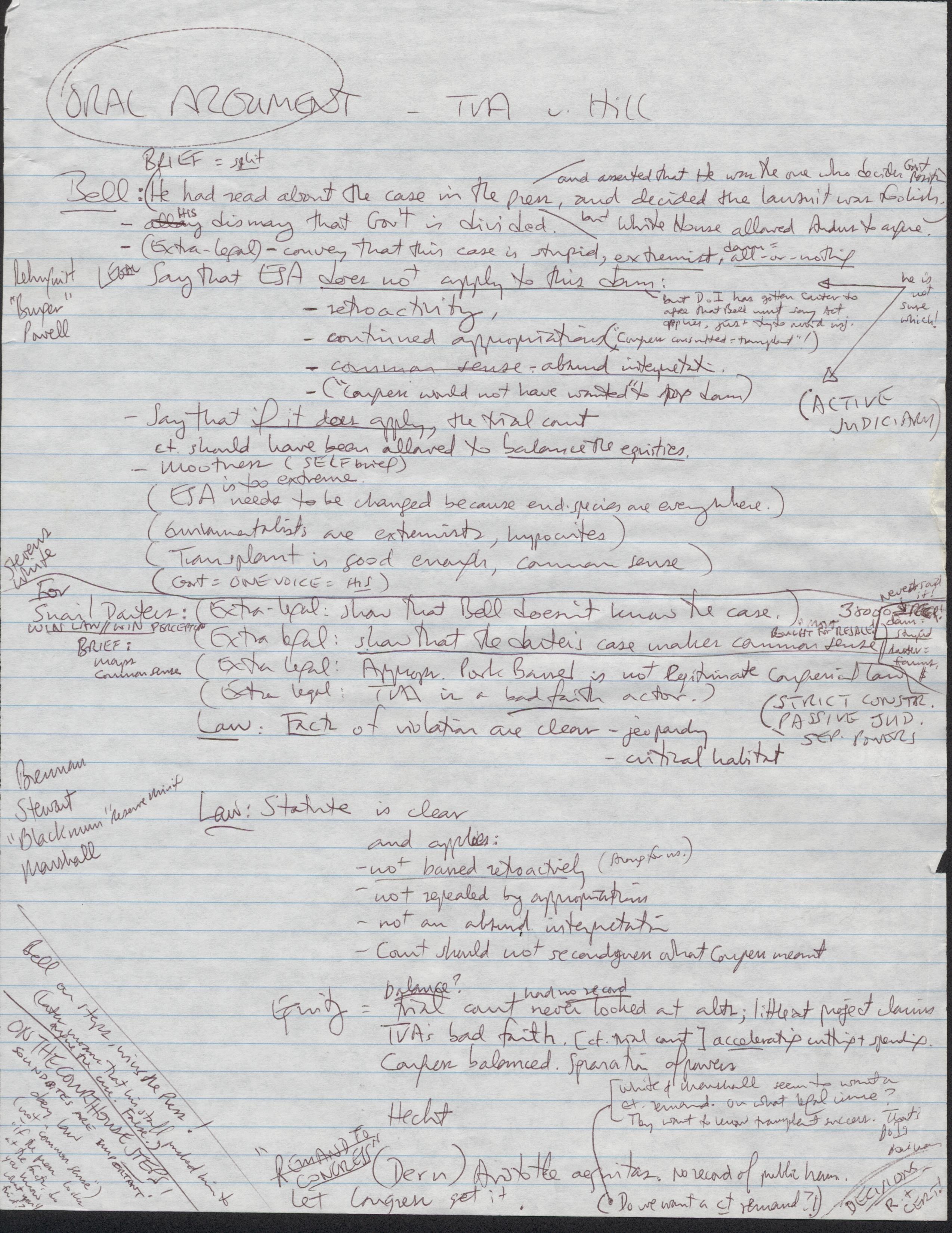
Concurrently, Plater, Prichard, and other attorneys on the case met with Cherokee leaders to formulate another attack prong. This would result in the 1979 Sequoyah v. TVA, a lawsuit seeking to enjoin dam construction on alleging violation of the American Indian Religious Freedom Act, the National Historic Preservation Act, and various Tennessee cemetery laws. Tellico Lake would inundate Overhill Cherokee towns Chota, Citico, Mialoquo, Tanasi, Tomotley, Toqua, and Tuskegee as well as Mississippian mounds and Archaic sites. Judge Taylor denied the injunction just as he did in TVA v. Hill.
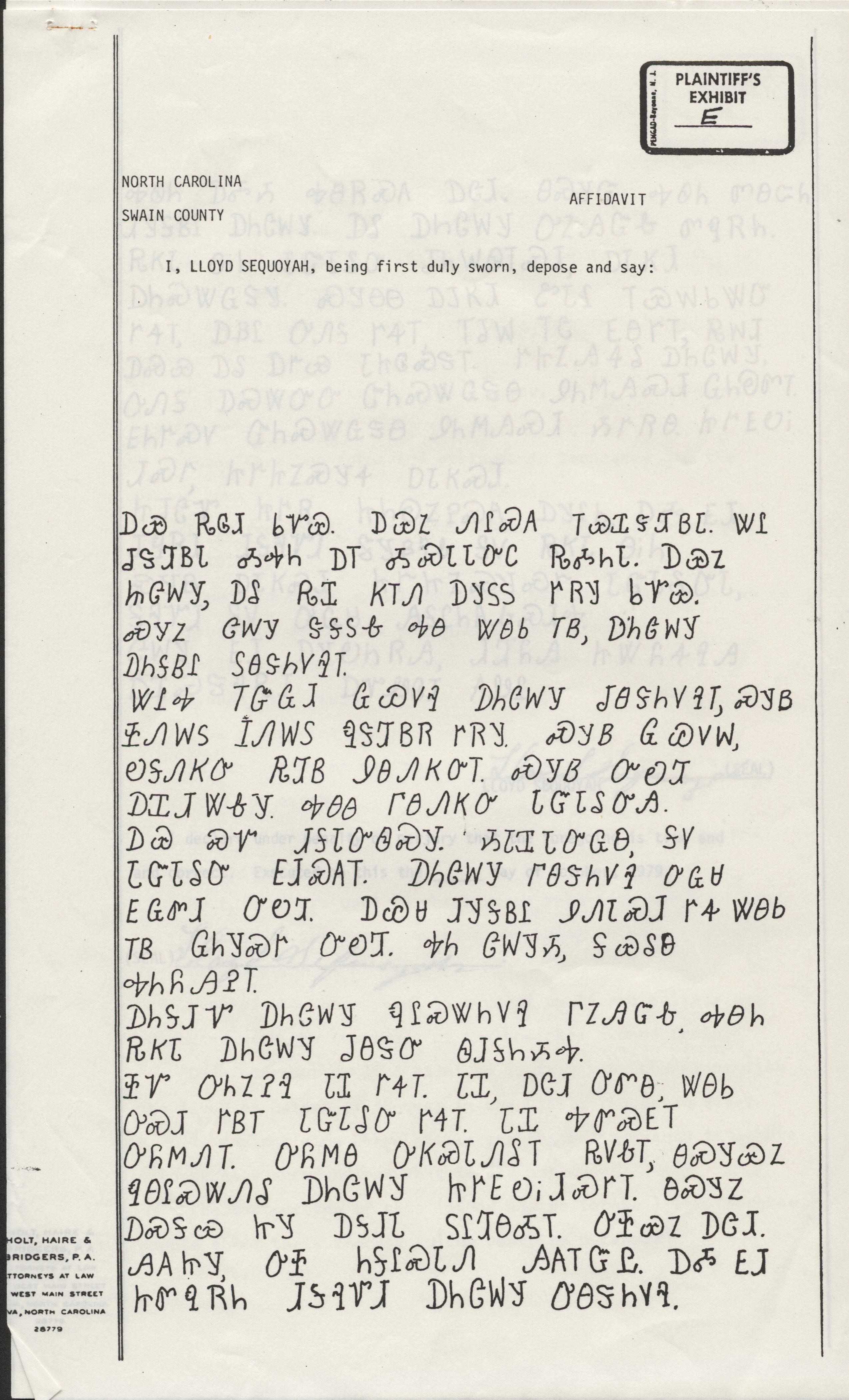
Tellico Dam was finally completed in late 1979, and on November 13, federal marshals evicted the last three holdouts, Thomas Burel Moser, Jean Ritchey, and Nellie McCall. The dam never supplied power to the region and much of the land acquired through eminent domain was sold to the private investors, as it remained unused by TVA. The US Fish and Wildlife Service changed the snail darter’s status from endangered to threatened in 1983, and by 2021 to vulnerable.
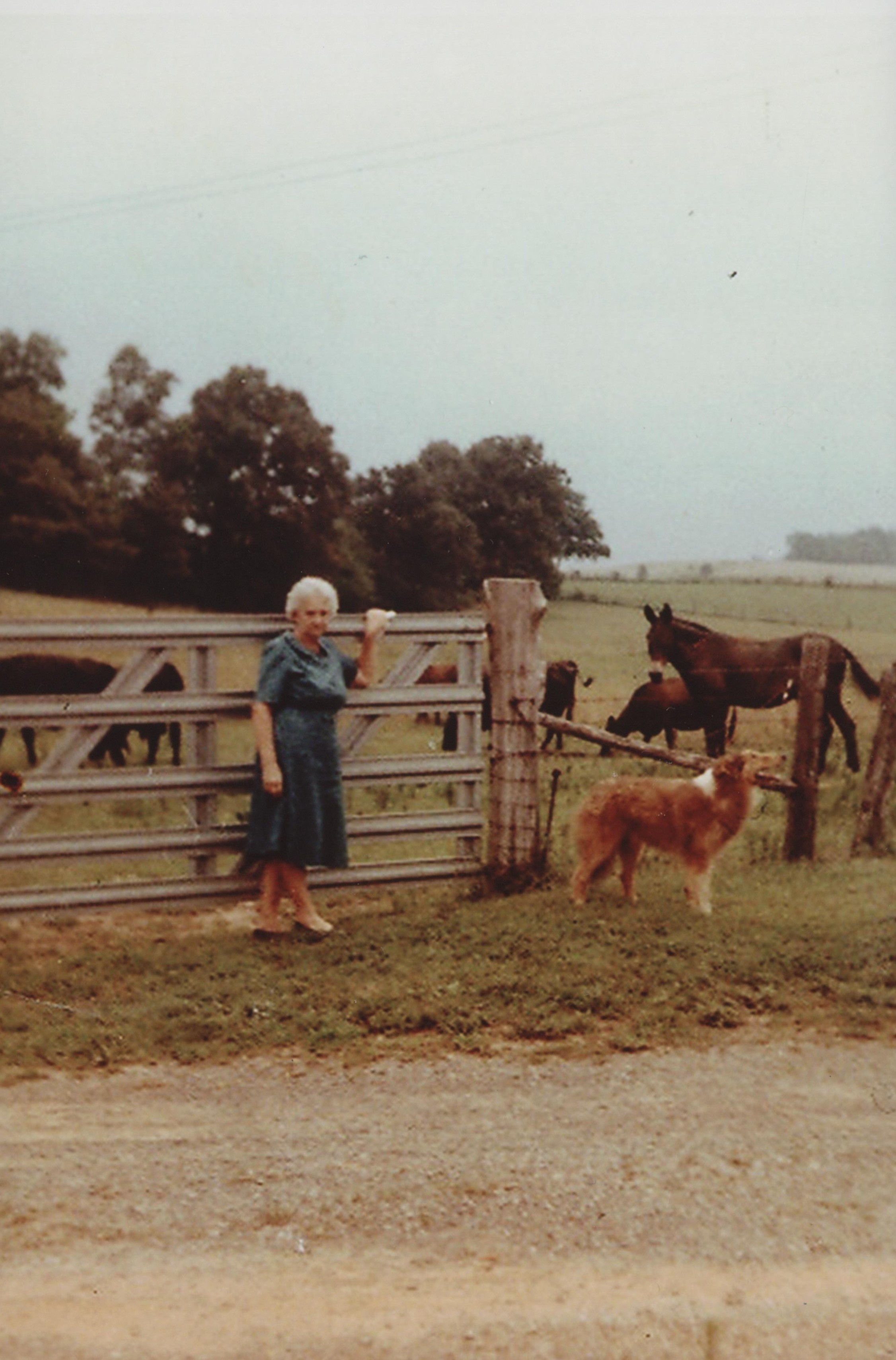
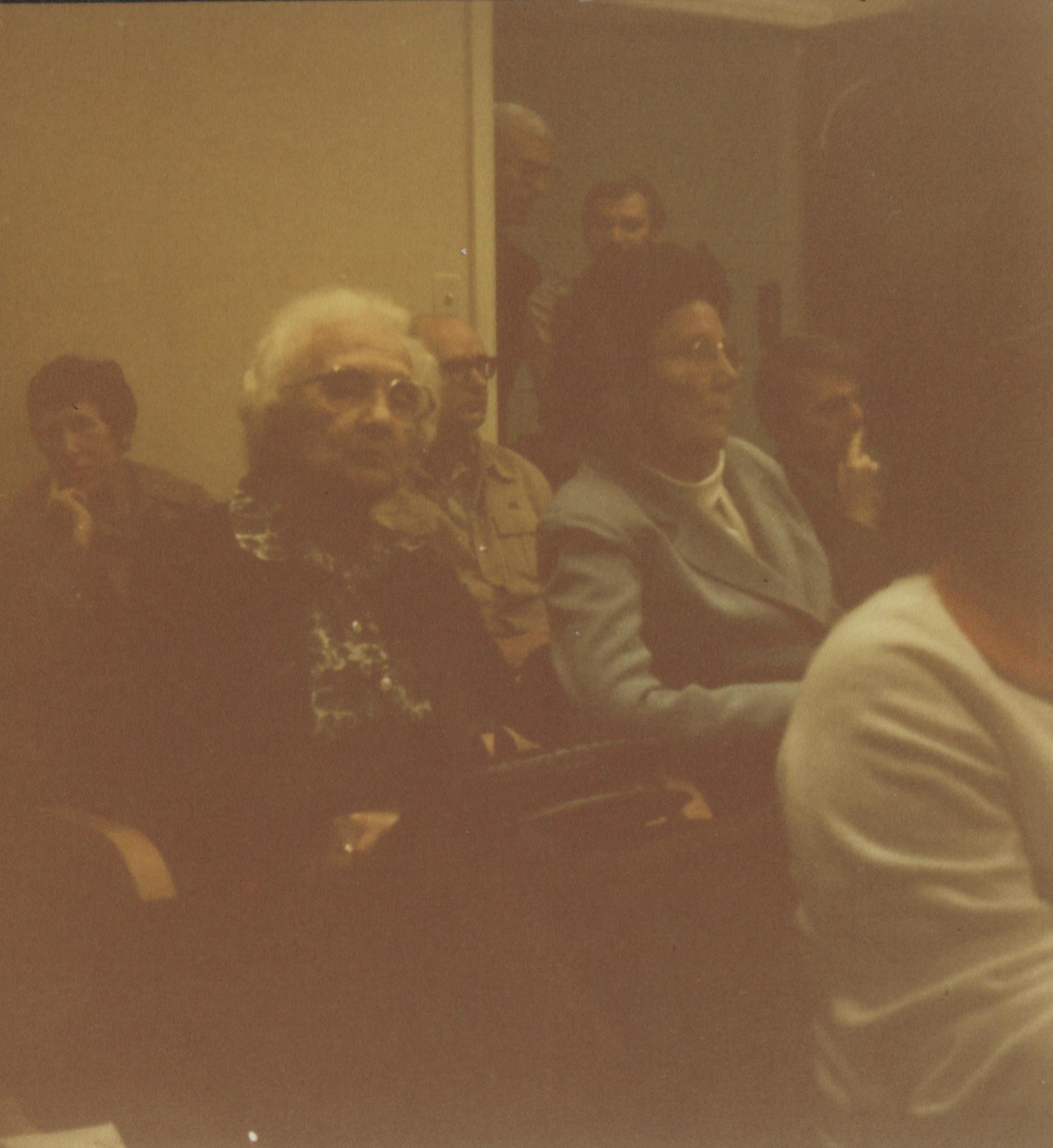
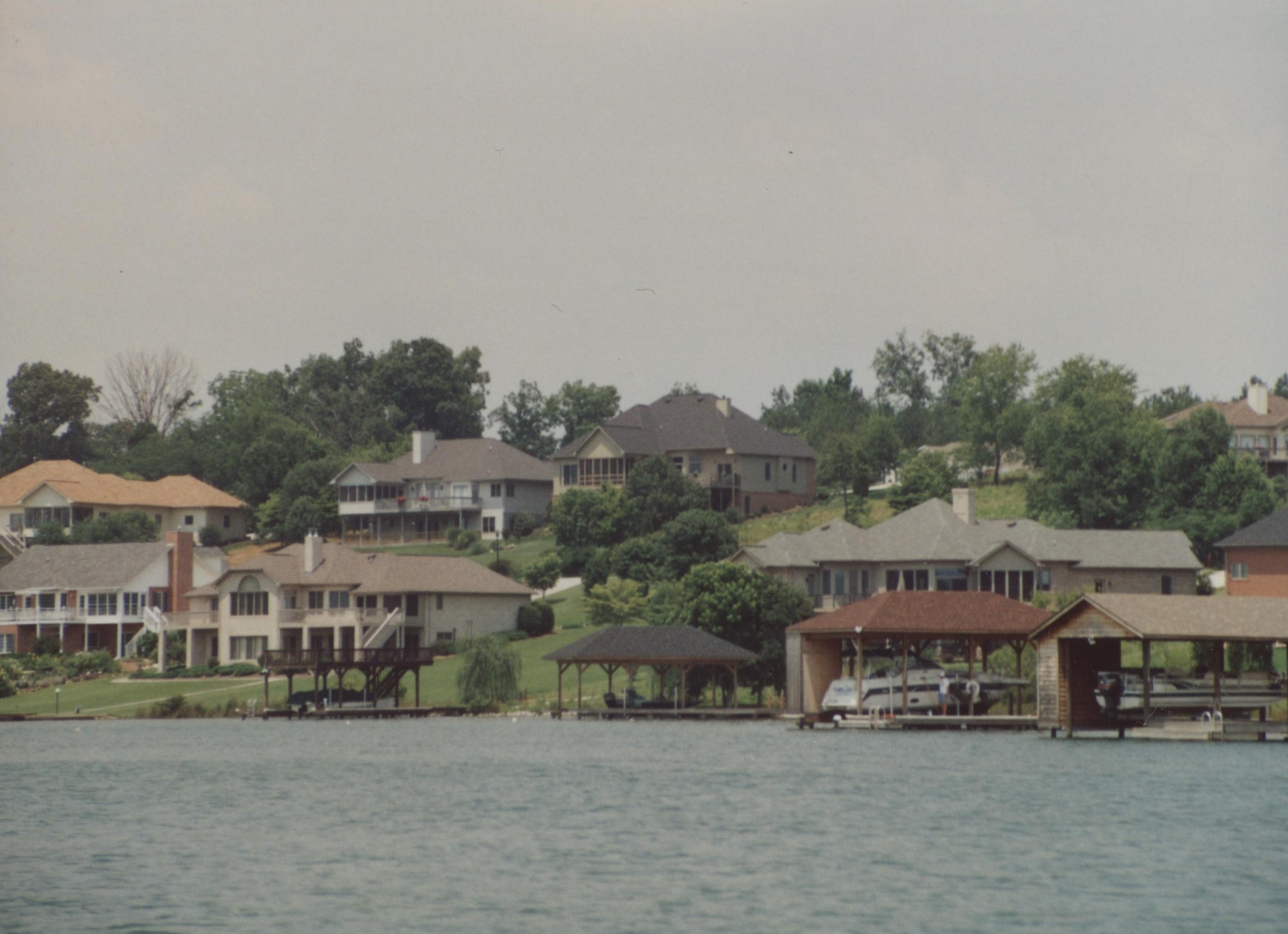
Sources
Based on the research of Zachary Keith, reference assistant, Calvin M. McClung Historical Collection, Knox County Public Library